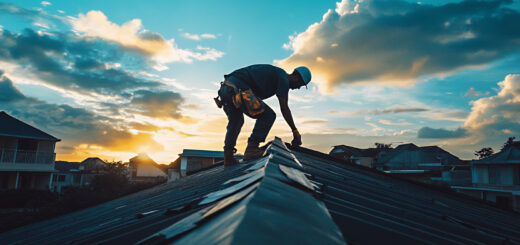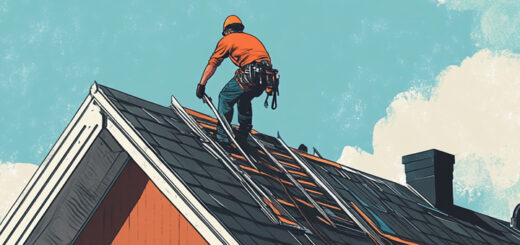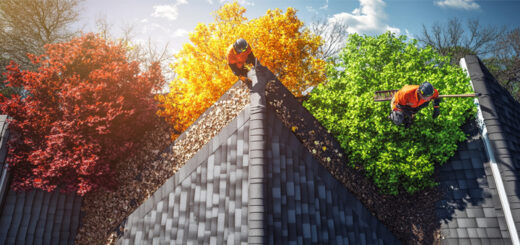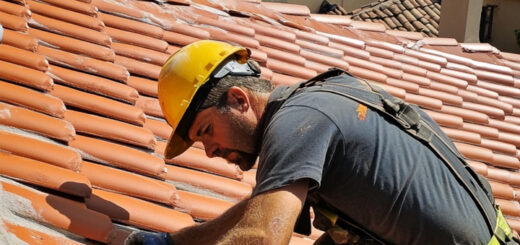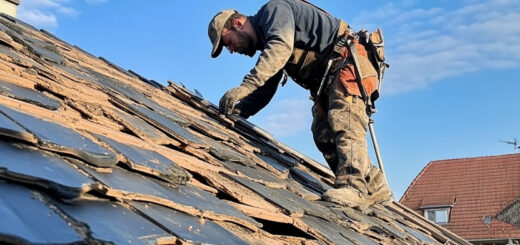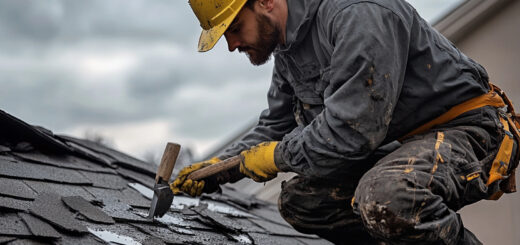Slate Roofing: Durability, Aesthetics, and Installation
Slate roofing, a time-honored choice for many historical buildings, represents both durability and aesthetic appeal. Originating from natural stone, slate roofs have been used for centuries due to their long-lasting nature and exquisite appearance. The history of slate roofs dates back to ancient times when they were considered a premium roofing material for their ability to withstand harsh weather conditions while providing an elegant finish.
Natural stone roofing like slate is renowned for its superior longevity compared to other traditional roofing materials. This durability is attributed to the dense composition of slate, which makes it resistant to fire, water absorption, and temperature fluctuations. As a result, many historic structures still boast their original slate roofs today as a testament to the material’s resilience.
Understanding the historical significance of slate roofing involves appreciating how it has shaped architectural styles across different eras. In Europe and North America, slate became particularly popular during the 18th and 19th centuries as quarrying techniques improved and transportation networks expanded. This allowed for greater accessibility and affordability of this prestigious material.
Today, while modern alternatives exist, the use of natural stone roofing continues in both restoration projects and new constructions aiming to capture that timeless elegance. Slate remains a symbol of quality craftsmanship—a nod to its rich heritage as one of the most revered traditional roofing materials in architectural history.
The Benefits of Choosing Slate Roofing for Your Home
When it comes to selecting a roofing material that combines both elegance and functionality, slate roofing stands out as an exceptional choice. One of the primary advantages of slate roofing is its remarkable durability. Known for being one of the most long-lasting roof materials available, slate can often last over a century with proper maintenance. Its natural stone composition makes it resistant to harsh weather conditions, providing homeowners with peace of mind during storms or extreme temperatures.
In addition to its durability, slate roofing is also an eco-friendly option. As a natural product, it has minimal environmental impact compared to synthetic materials. Slate tiles can be recycled and repurposed, reducing waste and contributing to sustainable building practices.
Moreover, the aesthetic appeal of slate cannot be overstated. It adds a timeless beauty and sophistication to any home, enhancing curb appeal while increasing property value. With various colors and textures available, homeowners can customize their roofs to match their architectural style perfectly.
Overall, choosing slate for your roof not only ensures longevity and environmental responsibility but also elevates your home’s appearance with its classic charm.
Different Types of Slate Roof Tiles and Their Unique Characteristics
When exploring the world of slate roofing, it’s fascinating to discover the diverse types of slate tiles available, each with its own unique characteristics. Natural slate tile options are renowned for their durability and aesthetic appeal, making them a popular choice for custom slate roof designs.
One key aspect that differentiates types of slate tiles is their color variations. Slate is a natural stone, and its color can range from deep blacks and rich grays to vibrant greens, purples, and even reds. These variations in slate color allow homeowners to select a palette that complements their architectural style or personal taste.
Another important factor in choosing the right type of slate tile is understanding the geological origin of the stone. For instance, Welsh slates are celebrated for their exceptional quality and longevity, while Spanish slates offer an attractive balance between cost-effectiveness and beauty. Each type brings its own set of strengths to a roofing project.
Custom slate roof designs can incorporate these different types of tiles to create visually stunning patterns or textures. Whether opting for a uniform look or mixing colors and sizes for added dimension, natural slate provides endless possibilities for creating a one-of-a-kind roof that stands out while offering unparalleled protection against the elements.
The Installation Process: What to Expect with Slate Roofing Projects
The installation process for a slate roof is a meticulous undertaking that requires precision and expertise. When embarking on a slate roofing project, understanding what to expect can help ensure a smooth experience. Professional roof installers play a crucial role in this process, bringing their skills and knowledge to deliver exceptional results.
Before the first piece of slate is laid, thorough preparation is essential. This involves inspecting the existing roof structure to ensure it can support the weight of the new slate tiles, which are significantly heavier than other roofing materials. Any necessary reinforcements must be completed before proceeding with the installation.
Once preparation is complete, professional installers begin by laying down an underlayment—a protective layer that acts as an additional barrier against moisture. This step is crucial in safeguarding your home from potential leaks and water damage.
Installing a slate roof requires careful attention to detail. Installers meticulously align each tile, ensuring they fit snugly together while maintaining consistent spacing for aesthetic appeal and optimal performance. They use specialized tools and techniques to cut tiles precisely when needed, especially around edges or architectural features like chimneys or skylights.
Throughout the installation process, communication with your contractor is key. Discuss any specific concerns or preferences you have regarding tile color or patterning before work begins. By collaborating closely with professional installers and preparing adequately for your new roof installation, you can ensure that your slate roofing project not only meets but exceeds your expectations in terms of durability and beauty.
Caring for Your Slate Roof: Maintenance Tips and Common Issues to Watch Out For
Slate roofs are renowned for their durability and aesthetic appeal, but like any roofing material, they require proper care to maintain their longevity. Understanding slate roof maintenance tips and being aware of common issues can help homeowners preserve the integrity of their roofs for decades.
One of the primary slate roof maintenance tips is regular inspection. Homeowners should conduct visual checks from the ground or hire a professional to identify any broken or missing slates, which are often caused by weather conditions or falling debris. Addressing these issues promptly is crucial in repairing a slate roof effectively and preventing water infiltration that can lead to more significant damage.
Another key aspect of maintaining a slate roof involves cleaning gutters and downspouts regularly. This prevents water buildup that can compromise the roof’s structure over time. Additionally, trimming overhanging branches reduces the risk of damage from falling limbs during storms.
Common issues with slate roofs include delamination, where layers of stone separate due to freeze-thaw cycles, and rusting nails that can cause slates to slip out of place. To combat these problems, it’s essential to use appropriate repair materials—such as copper or stainless steel nails—and consult with experienced professionals who specialize in slate roofing.
By following these maintenance practices and staying vigilant about potential problems, homeowners can ensure their slate roofs remain both functional and beautiful for generations.
The Cost Factor: Budgeting for Quality Slate Roofing Solutions
When considering a slate roof for your home, understanding the roof replacement cost factors involved is crucial for effective budgeting. The cost of installing a slate roof can vary significantly based on several elements, including the type of slate used, the complexity of the roof design, and labor expenses. Natural stone roofs like slate are renowned for their durability and aesthetic appeal, but they come with a higher upfront investment compared to other roofing materials.
Budget considerations for natural stone roofs should include not only the initial installation costs but also long-term savings on maintenance and repairs. Slate roofs often last over a century with minimal upkeep, which can offset their higher initial expense in comparison to materials like asphalt shingles that may require more frequent replacement.
When comparing roofing material costs, it’s important to weigh both short-term and long-term financial implications. While alternatives such as metal or composite roofing may offer lower upfront costs, they might not provide the same longevity or value as natural slate. Ultimately, investing in a quality slate roofing solution can be an economical choice over time due to its resilience and timeless beauty.
Is Slate Roofing the Right Choice for Your Home?
When considering whether slate roofing is the right choice for your home, it’s important to weigh its benefits against your specific needs and circumstances. Slate roofs are renowned for their durability, often lasting over a century with proper maintenance. This longevity can make them a cost-effective option in the long run, despite the higher initial investment.
Slate’s natural beauty and variety of color options offer aesthetic appeal that can enhance your home’s curb appeal. Additionally, slate is fire-resistant and environmentally friendly, as it is made from natural stone and requires minimal processing.
However, it’s crucial to consider factors such as the weight of slate tiles, which may necessitate additional structural support for some homes. The installation process requires skilled professionals due to its complexity, which can add to the overall cost.
Ultimately, if you value longevity, aesthetic appeal, and environmental sustainability—and if your home’s structure can support it—slate roofing could be an excellent investment. Consulting with a roofing professional can provide further guidance tailored to your specific situation.

